THE ELEMENTS OF A GREAT KNIFE
As a professional kitchenware factory, our kitchen knives come in a variety of designs, weights and materials because knives are a personal choice for chefs. Some prefer a light nimble knife while others work better with a heavy, large handled knife.
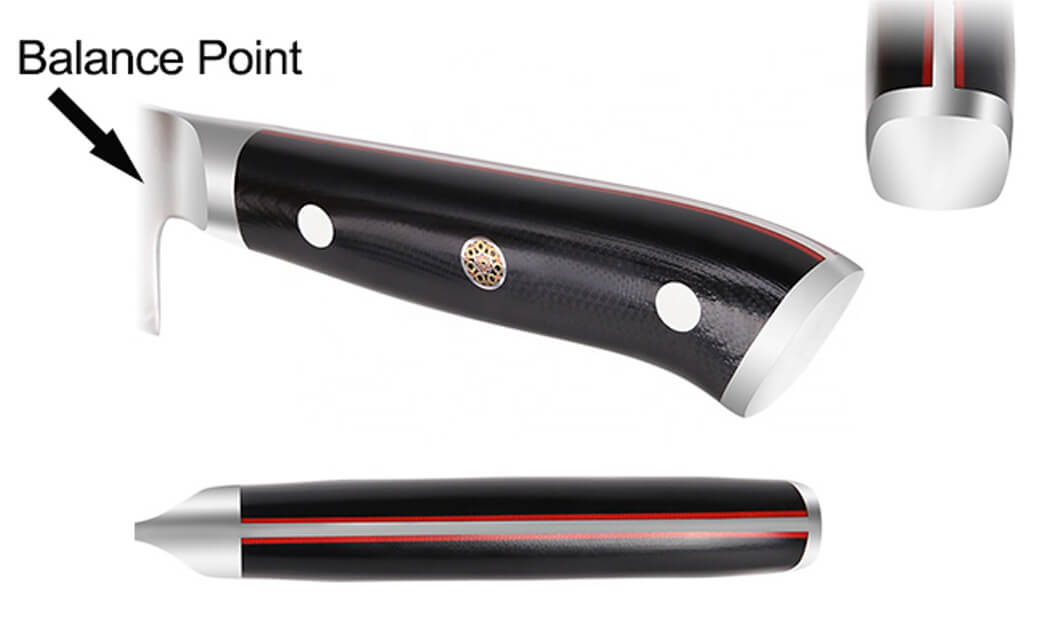
The balance point in knives tends to be where the blade and handle meet, but in some cases this balance point may be further down the blade or more centered towards the handle depending on the shape, design and steel used in the knife. Again the utility of where the balance point falls on the knife comes down to a chef's personal preference.
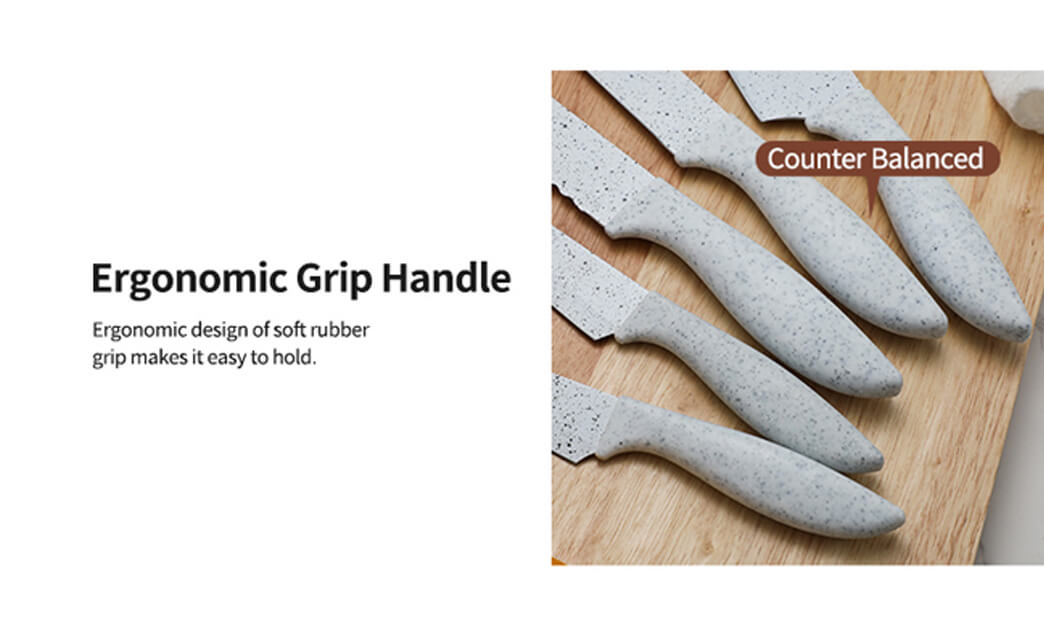
Handle also come in a variety of shapes ranging from slim and sleek to large and hefty. It is important that all the curves and surface texture of the handle ensure an ergonomic and secure grip. Plastic or wood handles should be solidly attached to the tang of the blade with flush seams so the knife is easy to keep clean and there is no worry of food or bacteria getting into any cracks.
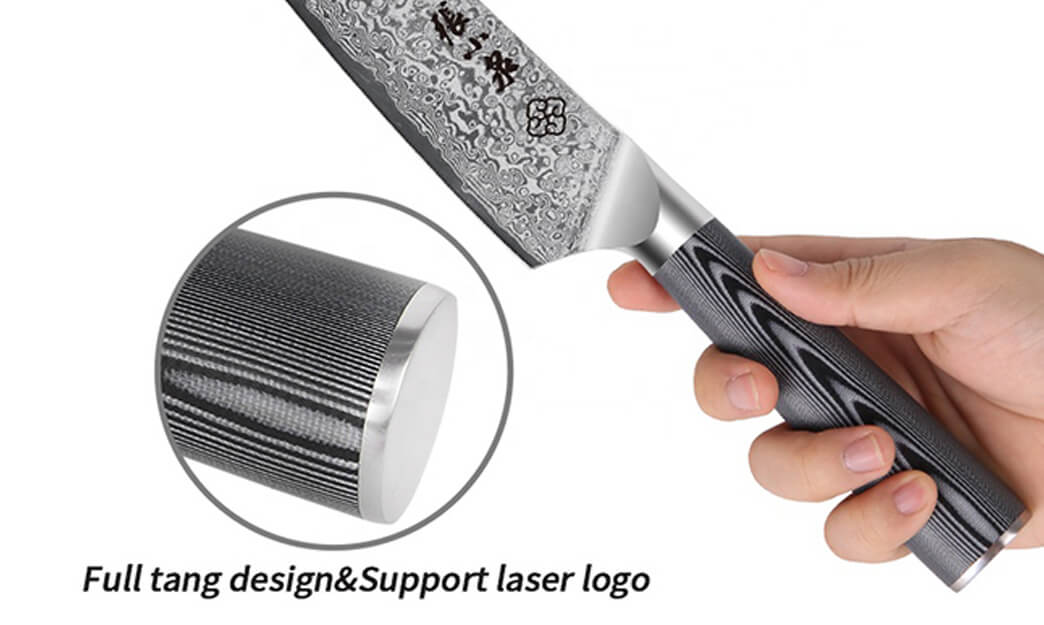
A tang is the back portion of the blade that extends into the handle. This tang can either be full, meaning it extends through the full length of the blade, or partial, meaning it only extends through a portion of the handle. Full tang knives are sturdy, offer more overall durability and are preferred over partial tangs.
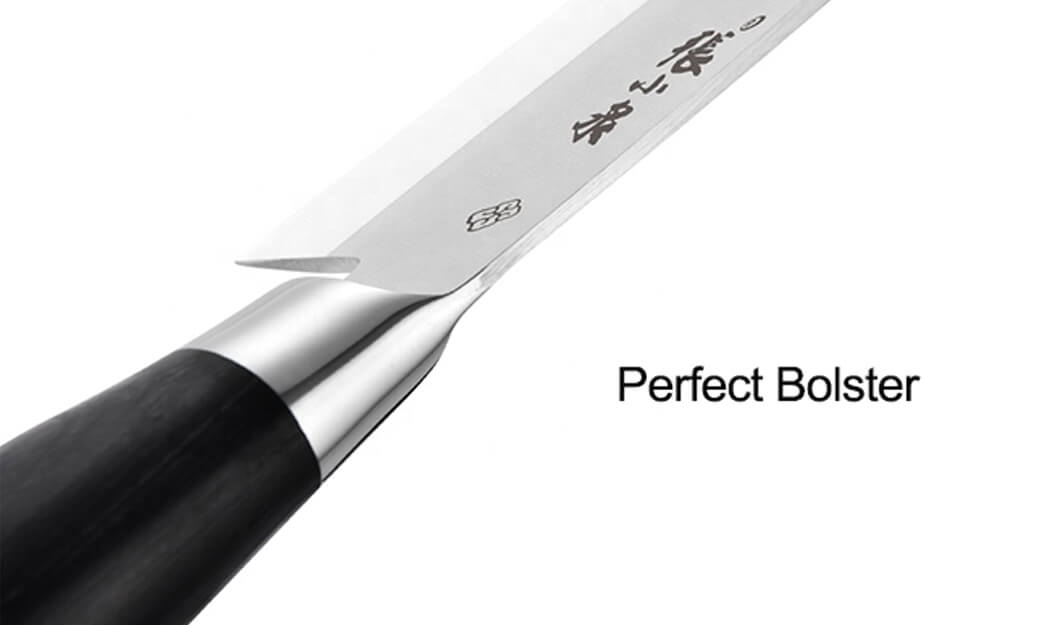
Another important aspect of a knife is the bolster or the thick shoulder at the top of the handle where it meets the blade. A bolster indicates that a knife has been forged and will strengthen the knife adding durability and balance. Bolsters are preferred by many home chefs because they can better guide their grip on the blade and make them feel more secure while using the knife. Professional chefs tend to prefer bolsterless knives where the handle and blade seamless meet because they are easier to sharpen and there is nothing that may affect their grip on the blade.
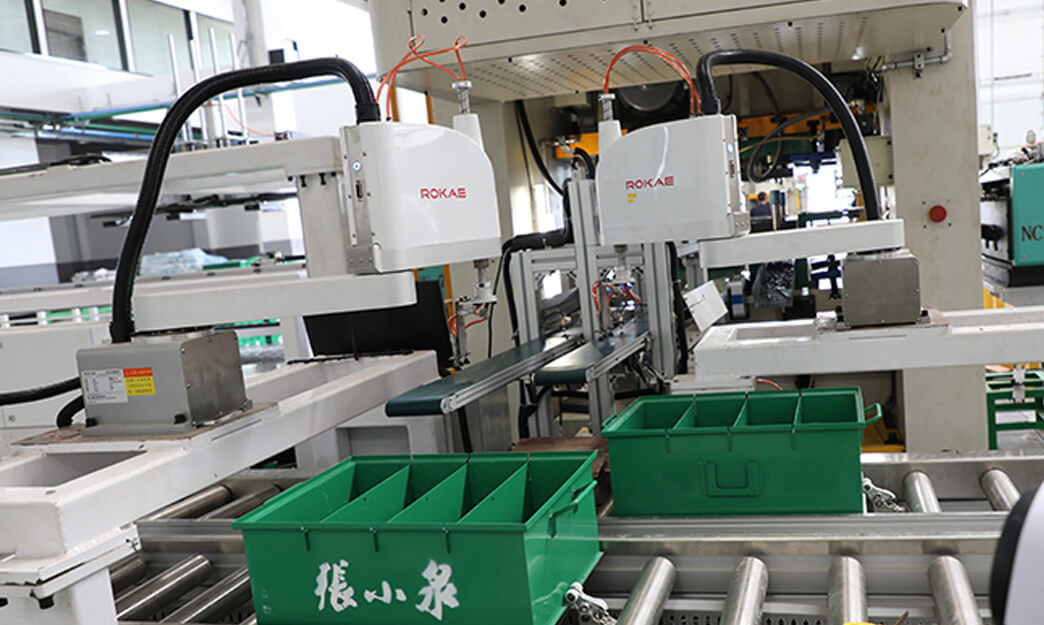
Knife blades can either be stamped out of a large sheet of metal or individually forged and shaped from a single piece of steel. In the past forged knives spoke to the quality and craftsmanship that went into crafting the knife, but with the current high precision manufacturing abilities of knifemakers stamped knives can be equal in quality to their counterpoint. The big difference between stamped and forged blades now is their final weight. Since forged knives are hammered and compressed into a shape they tend to be heavy while stamped knives can use less steel and tend to be lighter.